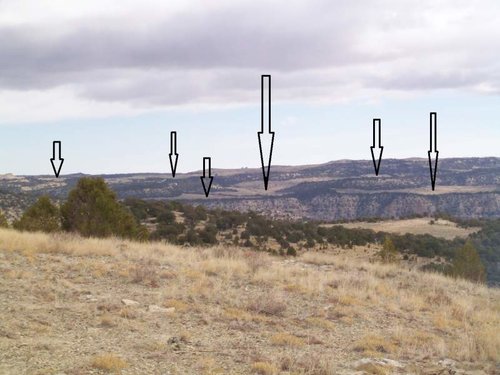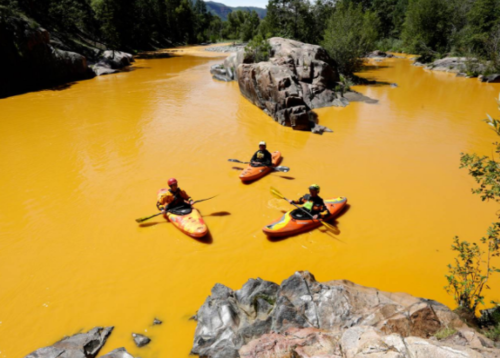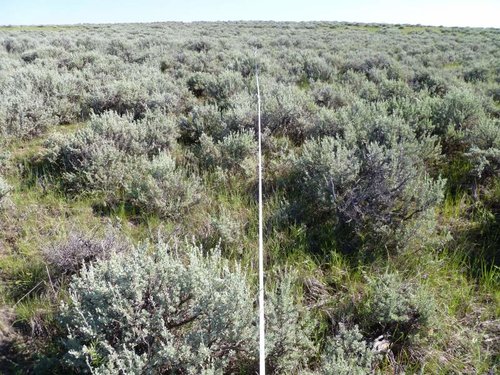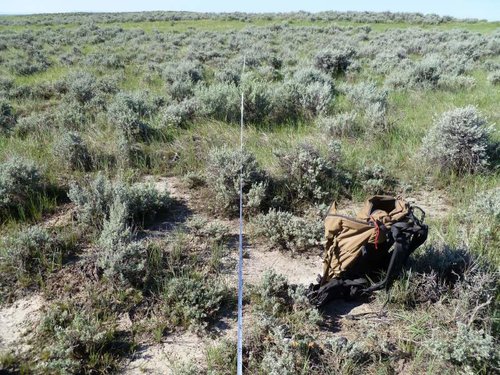mtnrunner260
Well-known member
- Joined
- May 26, 2015
- Messages
- 293
https://suwa.org/chaining-and-vegetation-removal/
Interested to hear the thoughts of members on here...
Interested to hear the thoughts of members on here...











